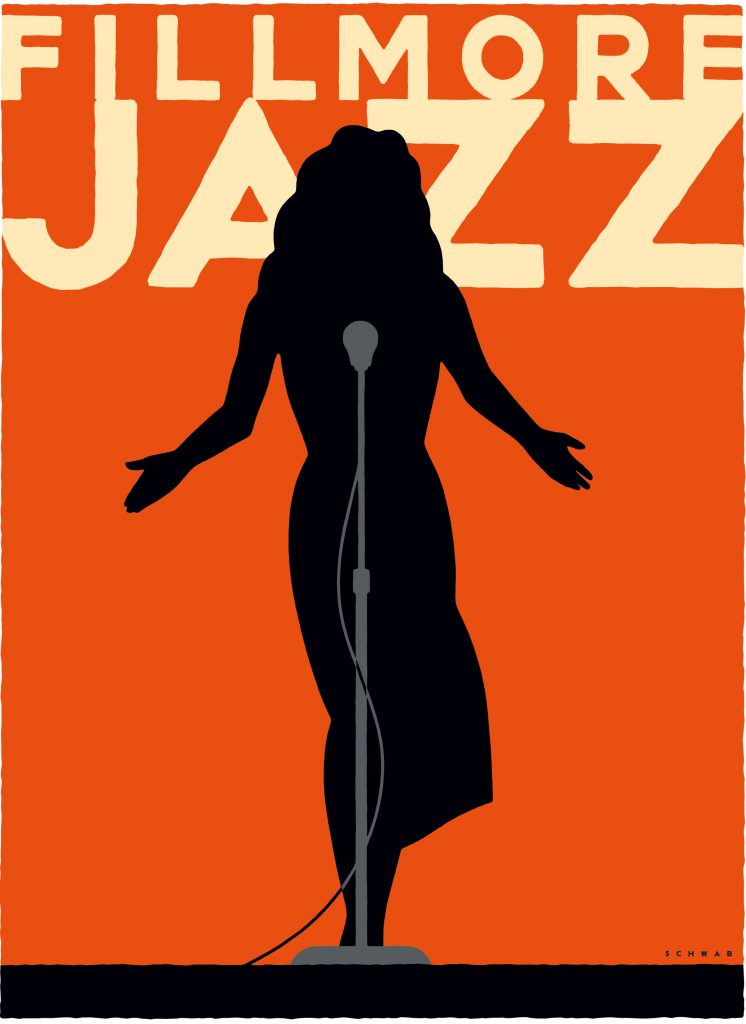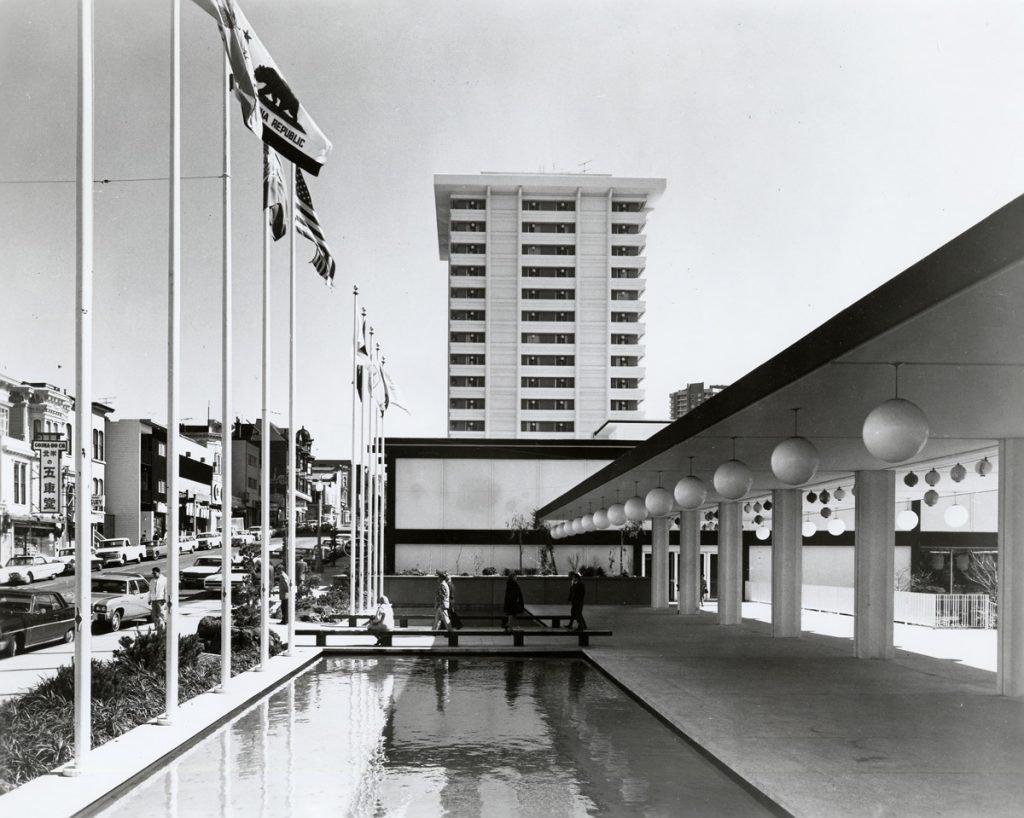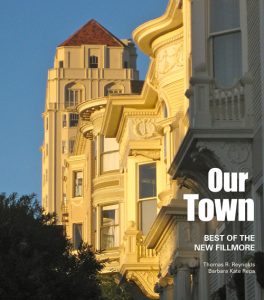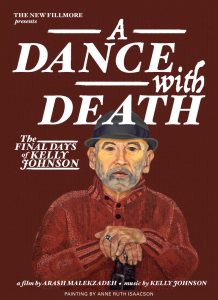LANDMARKS | BRIDGET MALEY
Major portions of the Western Addition were wiped out in the name of redevelopment in favor of new plans that began to take shape in the late 1950s. This is reflected in the complex history of Japan Center, bounded by Laguna, Geary, Fillmore and Post, which is celebrating its 50th anniversary this year.
Japanese families first migrated to the area after the 1906 earthquake. Census records from 1920 reveal a remarkable concentration of Japanese-American families living in the area between Bush and Geary. By 1940, this thriving community, with more than 200 businesses owned by Japanese Americans, was comparable only to Little Tokyo in Los Angeles.
The Japanese attack on Pearl Harbor changed everything. With the American entry into World War II, all people of Japanese ancestry were removed from coastal locations to inland internment camps. This left storefronts, houses and apartments vacant in what had been a prosperous and active Japantown.
The Victorian-era housing and commercial storefronts that survived the 1906 earthquake and had become home to the Japanese community were soon inhabited by African-Americans migrating to the Bay Area seeking war-related civilian jobs. The black community thrived in the Western Addition and began to leave a lasting imprint of its own.
Fast forward to the early 1960s. Aging buildings led some to argue the area was blighted and overcrowded with substandard housing. Federal funding was secured to establish Western Addition redevelopment projects labeled A-1 and A-2. Opposed by leaders in both the African-American and Japanese-American communities, these projects eventually moved forward, resulting in extensive demolition of Victorian-era buildings and displacement of established residents.
Just one of a number of Western Addition projects of this era, the Japanese Cultural and Trade Center was a binational endeavor partially funded by Japanese corporations, with prominent Japanese businesses as tenants. The project was conceived in the 1950s, but did not gain significant momentum until the mid-1960s. A November 1959 Chronicle article described an initial concept for the center. Ultimately, a much larger three-block complex would displace more than 50 businesses and some 1,500 residents. Construction commenced in 1965 and was substantially completed in three years.
Designed by Minoru Yamasaki, with local architects Van Bourg-Nakamura Associates, the complex included shops and restaurants in an interior mall, a hotel and a theater, most over underground parking.
Yamasaki had been selected in 1954 to design the U.S. consulate in Kobe, Japan. His highly successful House of Science in his native Seattle was a centerpiece of that city’s 1962 World’s Fair. Yamasaki’s work on several corporate towers led to the commission for New York City’s twin towers at the World Trade Center, which he designed in 1964; construction on the twin towers began in 1966.
During this same period, Yamasaki was engaged in the Japan Center project. A recent monograph on Yamasaki by architectural historian Dale Gyure sheds light on his work and association with what has become known as New Formalism, offering a broader story than his best-known but ill-fated World Trade Center towers.
Gyure says of Japan Center in his monograph: “He (Yamasaki) once told a reporter, ‘I couldn’t build a Japanese house if I tried … I don’t know how. I haven’t the training or the background for it.’ His sensitivity about the subject boiled over on at least one occasion during the design process. When Justin Herman, head of the Redevelopment Agency, advised designing the hotel rooms as authentically Japanese as possible, Yamasaki peevishly replied, ‘As I have told you before, I really do not know enough about Japanese detailing to feel adequate in this respect … Neither we nor Van Bourg-Nakamura are suited to this kind of Japanese detailing.’ Statements like these made the faux historicism of the final buildings difficult to understand.”
Ultimately, Yamasaki felt that the developer and the Redevelopment Agency did not execute the project he envisioned. The building interiors Yamasaki shied away from were designed by decorator Takenaka Komuten. The Peace Pagoda set in Yamasaki’s plaza was conceived by Yoshiro Taniguchi, a Japanese architect who had designed the Japanese Crown Prince’s palace. The complex’s boxy buildings are broken up by Yamasaki’s concrete panels and interspersed wood, evoking Japanese shoji screens. The central Peace Plaza opens up the otherwise walled-off complex.
The Peace Pagoda, a modern, concrete interpretation of traditional Japanese building practices, was deliberately placed at the center of the development. But unlike other elements of the project, its construction was funded through donations drawn largely from San Francisco’s sister city, Osaka, Japan. It was given to San Francisco as a symbol of friendship and peace between Japan and the United States.
On March 28, the 50th anniversary of the dedication of the complex, the Japantown community celebrated Japan Center, which has been both controversial in some aspects and successful in others during its five decades in the community.
Filed under: Bridget Maley, Landmarks





